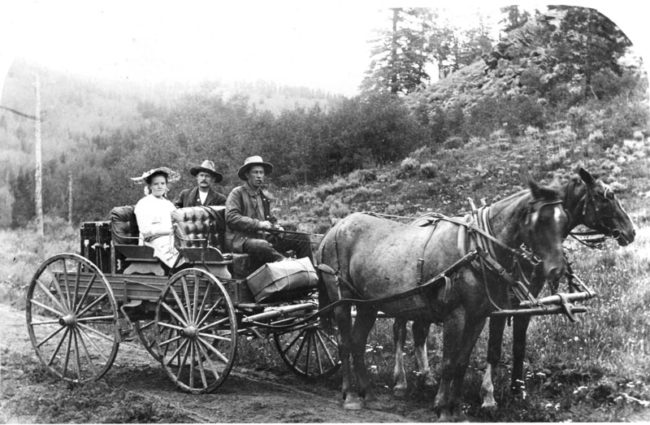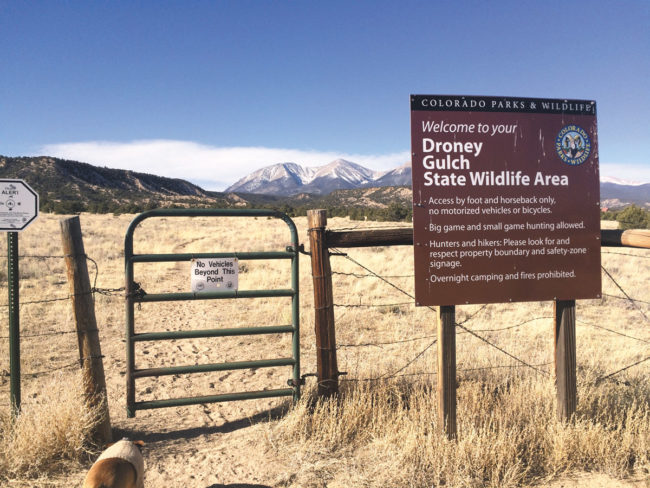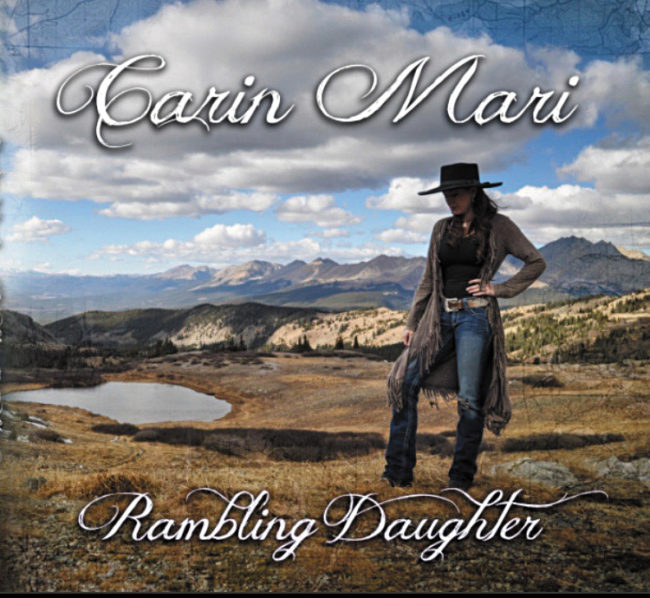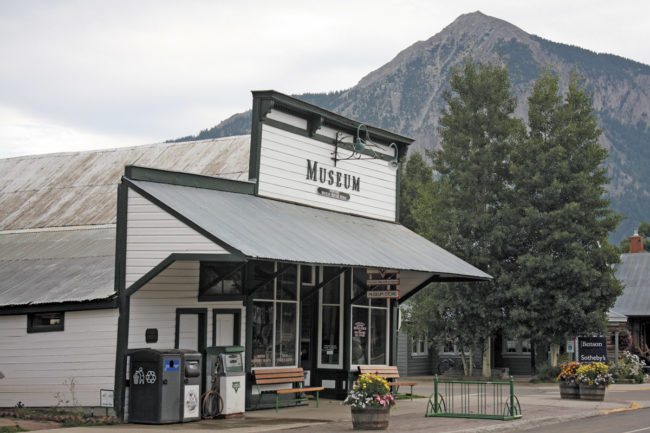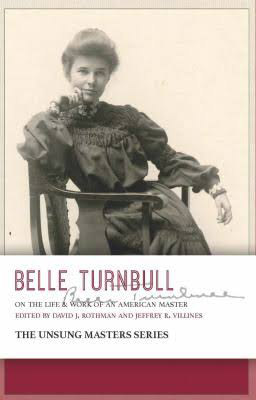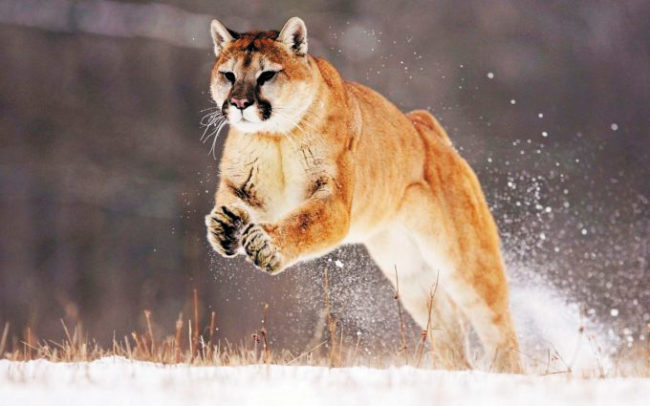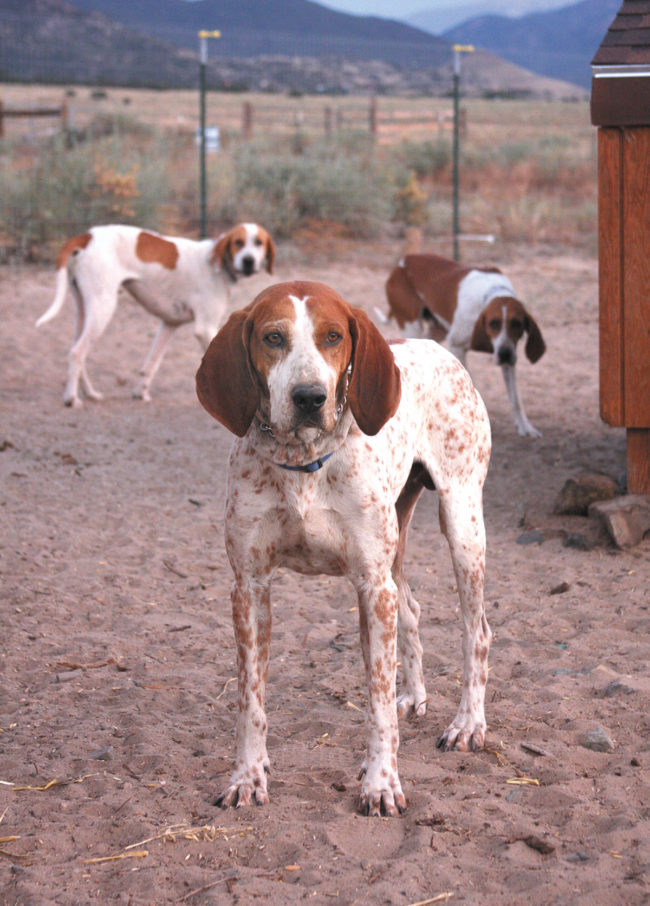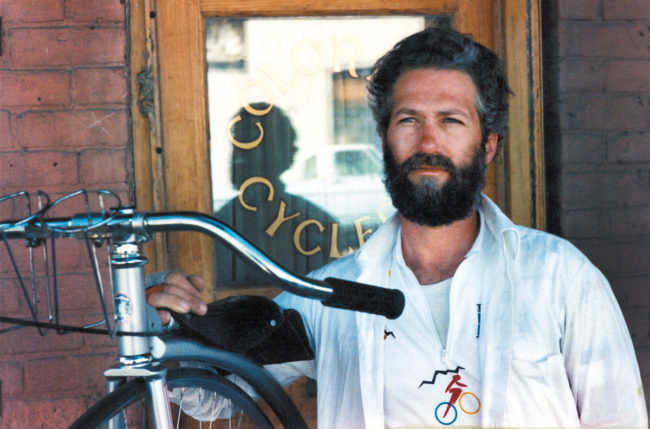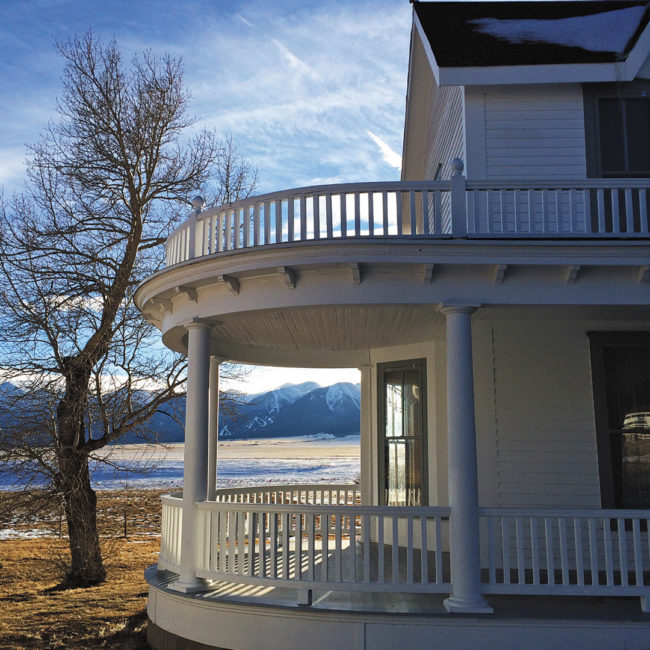By Hal Walter My wrists are often bruised and bear small cuts or scars. When my son Harrison gets frustrated or angry he often hits my arm or grabs me by the forearm and squeezes, frequently digging in with his fingernails. Sometimes he grips my wrist with both hands and butts his head against it. Less often he takes hold and bites. Sometimes he goes for the neck, but fortunately my skin is thicker there. Such is the plight of the autism dad. I may be tougher than most. For about the past year his mom Mary and I have…

